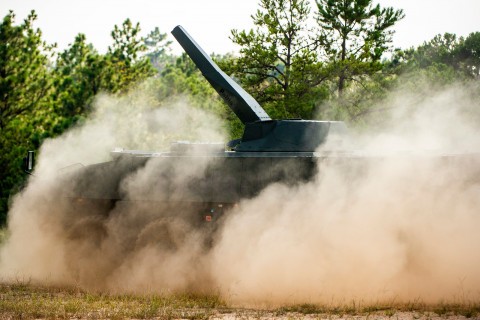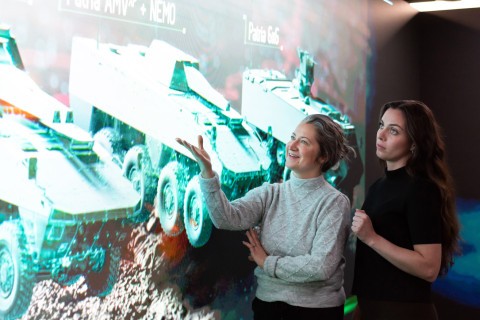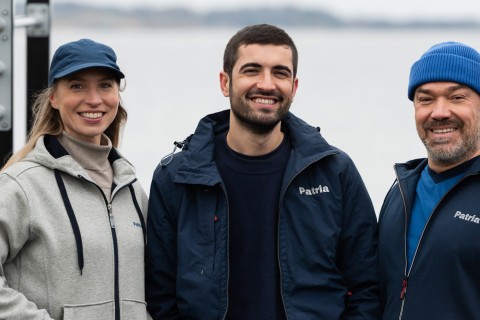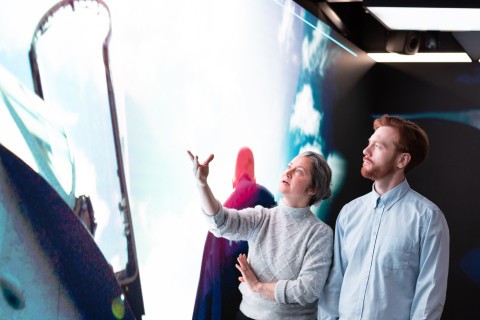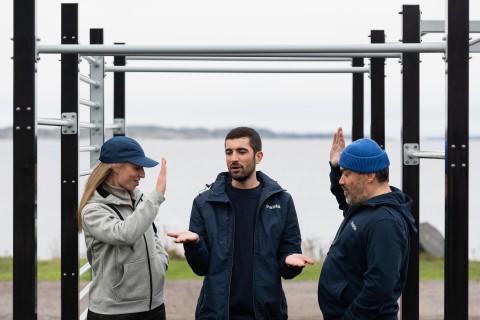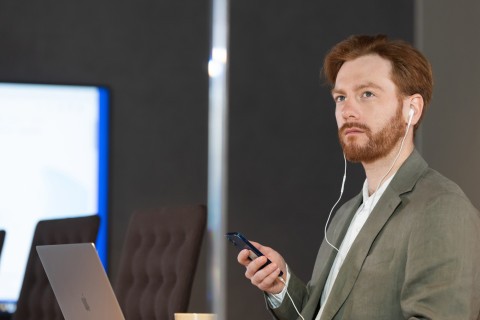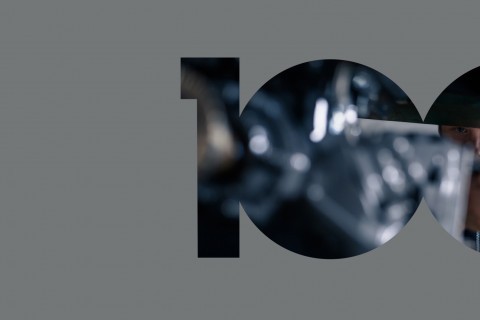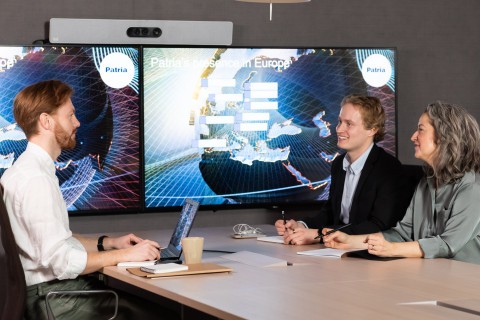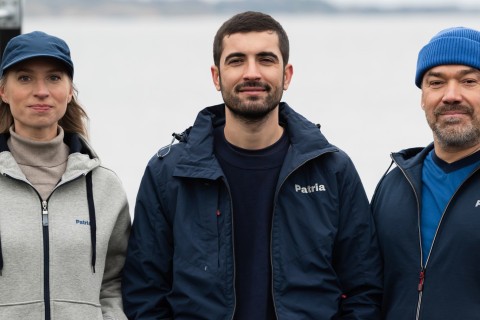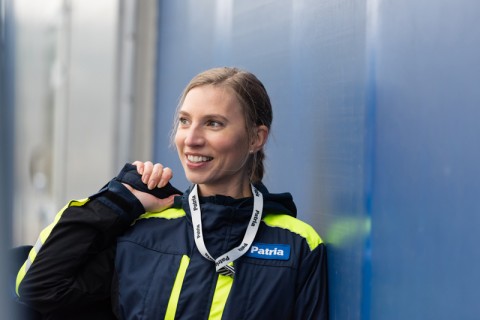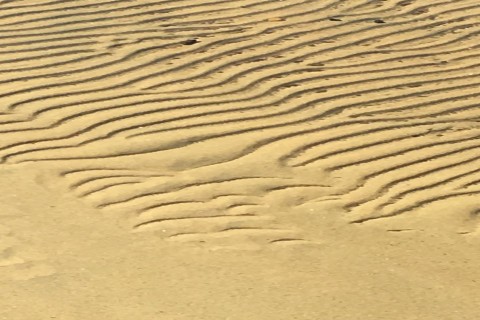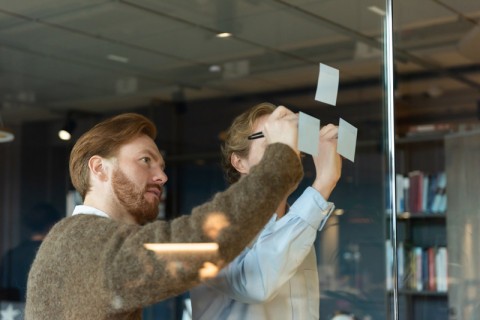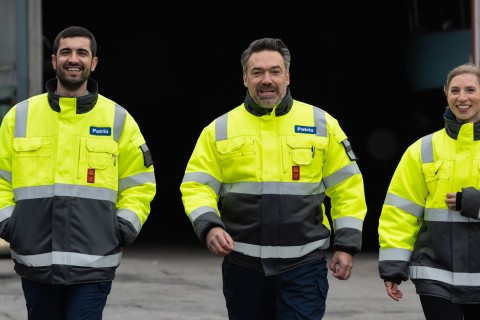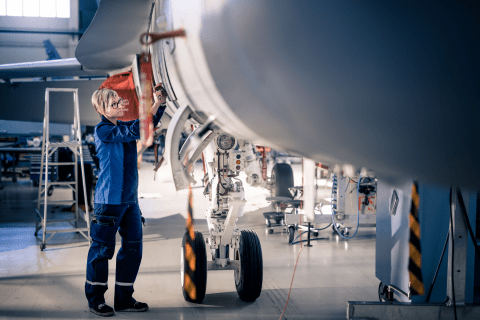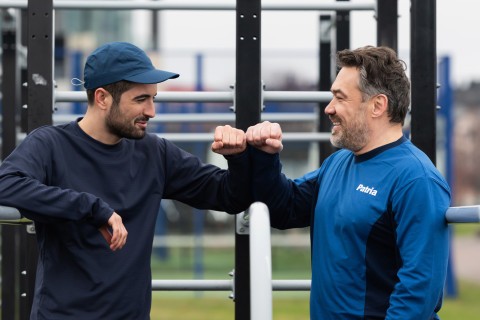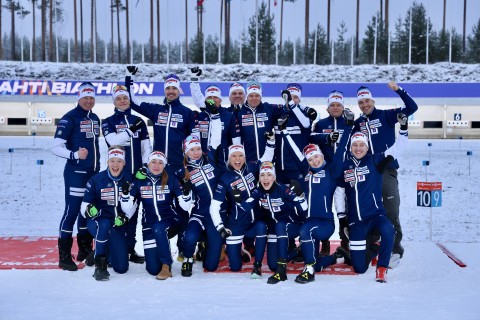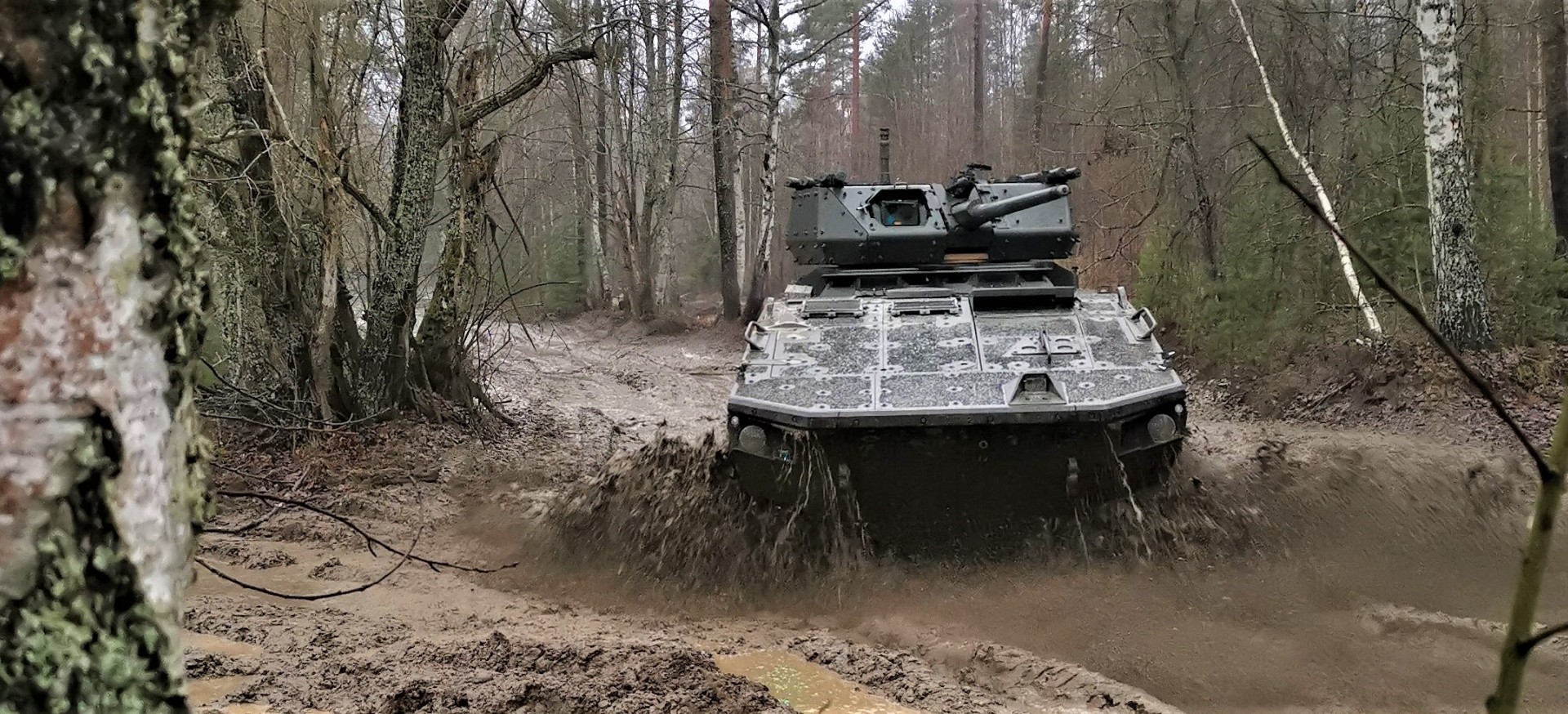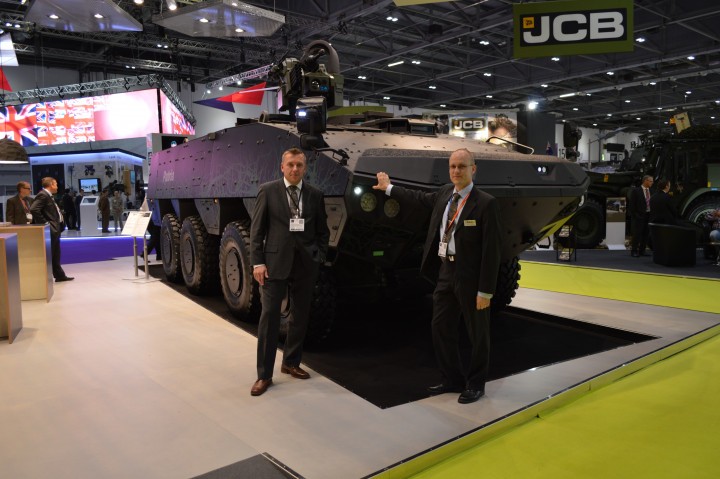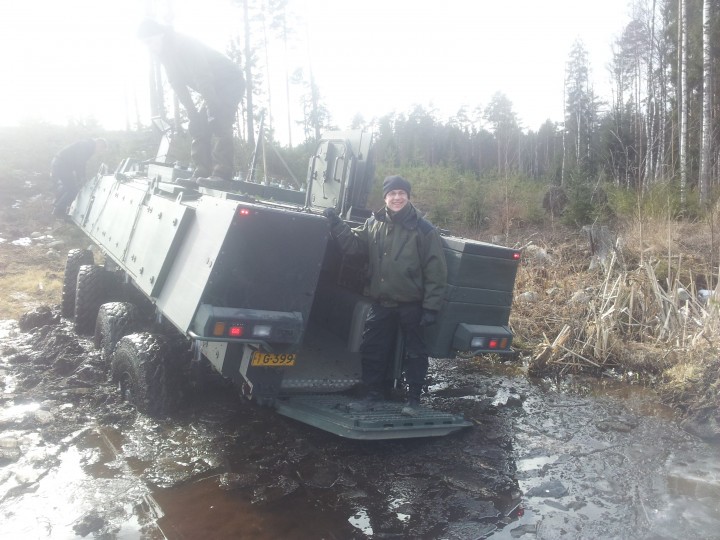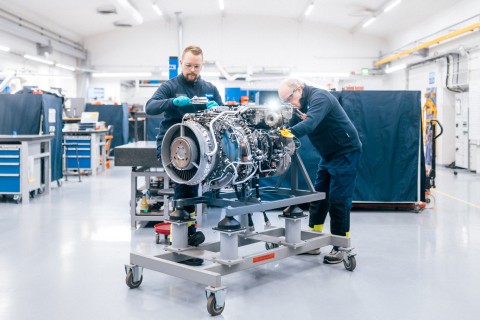
Patria's armoured wheeled vehicles are state-of-the-art products that are highly successful in international markets. Yet even the best product requires continual development.
Text: Matti Remes Photos: Patria
Ten years ago, a challenging task dropped onto the desks of Patria's armoured wheeled vehicle developers in Hämeenlinna. The Patria AMV 8x8 had been launched in 2004 and, although it was still a state-of-the-art vehicle, it needed upgrading to meet new customer requirements.
“It was without doubt a challenging task, as we had to make the best product even better,” says Toni Töyrylä, who headed up R&D for the new vehicle concept and is now a product manager at Patria.
The XP project’s R&D phase lasted just over two years. Mikko Karppinen (currently Director, Product Management at Patria) was the System Engineering Manager for the project. He remembers how important extensive cooperation was for the project, both within Patria and with partners.
“The actual R&D team was small, enthusiastic and efficient, but development work harnessed expertise and experience from throughout the organisation. More than 50 Patria employees were involved in one way or another,” says Karppinen.
Major improvements to the vehicle
Their intensive work resulted in a new vehicle concept that included notable improvements on its predecessor. One of these was to increase the vehicle’s load-carrying capacity by five tonnes to 32 tonnes.
“This enables the vehicle to be equipped with better mine and ballistic protection, as well as heavier weapons systems,” says Töyrylä.
However, the increased load-carrying capacity could not be allowed to impair the vehicle’s excellent off-road performance. This was solved by finding new technological solutions, primarily for the suspension, braking system and steering. Engine power was also increased.
Another major change was a significant increase in the vehicle’s electricity generation capacity.
“More and more electrical systems are being added to vehicles, such as battle control and sensor warning systems. And moving larger weapon systems with electric servos also consumes a lot of electricity,” says Töyrylä.
Ergonomics and a user-driven approach to the use of space were also a priority during development work.
When soldiers are wearing body armour, they take up more space. The R&D team therefore had to adjust the dimensions of hatches and create more shoulder room by moving the interior benches slightly further apart.
Prototype attracts a lot of interest
Toni Töyrylä says that the greatest challenges posed by the XP project were not technical in nature. For him, the most demanding thing was to obtain the necessary resources for the project and to make sure that everyone in the team had a shared vision of the goals.
“Prior to the XP project, R&D had long focused on serial delivery programs and making smaller improvements to meet customer needs. Now we had a project in which we had to create a whole new vehicle concept.”
Patria introduced its new armoured vehicle at the DSEI 2013 exhibition in London, one of the world's largest international defence and security events.
Patria's department was constantly crowded with visitors who were keen to learn more about the prototype.
“After the public announcement, we continued testing and verified that the vehicle met the requirements that had been set for it. We were then able to start serial production,” says Mikko Karppinen.
Lengthy experience in armoured vehicles
To date, more than 1 600 Patria AMVs have been sold to the defence forces of various countries. This success story is based on lengthy experience in the development and production of armoured wheeled vehicles.
The first vehicles in the Pasi series were manufactured in Hämeenlinna and handed over to the Finnish Defence Forces in the early 1980s. Significant export deals were immediately signed with Norway, Sweden and the Netherlands.
“The serial production and export of Pasi vehicles created a foundation for the development of the Patria AMV, which began in the early 2000s,” says Toni Töyrylä.
Töyrylä, who has spent twenty years developing vehicles for Patria, says that the basic nature of R&D projects has long remained the same, even though the things being developed are changing and design tools are evolving.
“A successful result always requires a motivated and skilled team that can work agilely and effectively.”
Changing customer needs require continual development
Since the XP project, Karppinen and Töyrylä have been involved in several vehicle R&D projects, including the development of the new Patria 6x6 vehicle. Further development of the Patria AMV will also continue.
“A vehicle is never finished. We’re continually developing different elements and features so as to improve the vehicle’s performance. These upgrades mainly arise from changing customer needs,” says Töyrylä.
R&D is currently focusing on improving the vehicle’s data transfer capacity and data security. Protection is constantly being enhanced against new threats, such as aerial attacks from drones. More autonomous functions are also in the pipeline.
“We are not, however, expecting to add any revolutionary features to the vehicles this decade. The main changes will be to integrated systems.”
Töyrylä says that changing customer needs play an important role in development work. Only 10–15 years ago, defence forces in various countries were still acquiring armoured wheeled vehicles primarily for international crisis management operations. Yet in recent years, changes in the security environment have increased the importance of conventional warfare against peer adversaries to protect homeland borders.
This requires fast-moving and well-protected troops – and this is where Patria's armoured wheeled vehicles come into their own.
